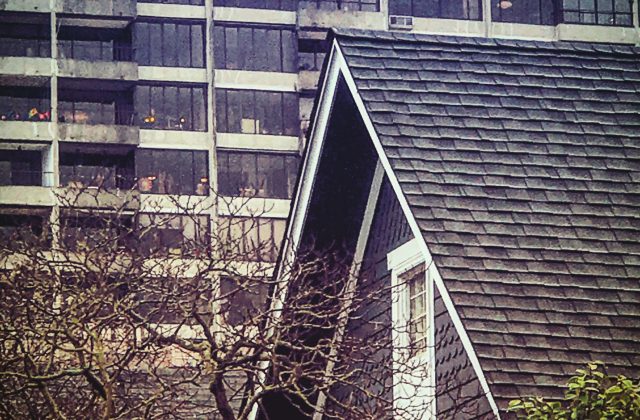Typology: From Shelter to Investment
Here it is one week since our name change. I wish could say it went off without a glitch, but we had some. We were offline due to some kind of hacking from someone planting malware on the site. We got that cleaned up, and our email finally synced up as well, so it looks like everything is rolling along. It is a busy week this week, with some conversations about rent control, back yard cottages, and a visit to Olympia. But I wanted to do a bit more elaboration of the 5 basic concepts or principles we’re going to be advocating for. Let’s start with typology.
Here’s what I said about typology in my last blog post:
Typology – Shelter to Investment. We advocate for improving housing opportunity ranging from better shelter options through rental and ownership to opportunities for investment in the real estate market
Typology typically refers to what a building looks like and its, for lack of a better word, profile. Examples of a type of building would be cottage, single-family home, apartment, tent, or cabin. Typology is a way of describing not so much the use of a building or structure but what it looks like, how much space it takes up, or other physical features.
I see this as a continuum, and I used words right away that sound like use or motivation rather than appearance, “shelter to investment.” I like these two extremes because shelter would include a tent put up somewhere in a right of way like those in The Jungle – something that might be innovative to the point of being illegal. On the political left, shelter is seen as sacrosanct, performing two functions expressing dissent and providing a place to sleep and stay dry and hopefully safe.
Investment is way at the other side; it’s about making money. This is what capitalism is all about, and most of use who advocate for the market know that people makes choices based on price signals and the ability to make their lives better. Like it or not, money is part of making life better. Buying a duplex and renting out one unit while living in the other is an investment; so is buying land with an old craftsman and turning it into 60 apartments.
We are for both of these and, of course, everything in between.
Do we think that tents under I-5 are a sustainable solution to housing scarcity? No. But when people spontaneously and through hard work manage to create something that helps address a basic need, housing, the community and government should not just get out of the way, but ask, “How can we make this better, safer, and build off the work being done by these people.” As I wrote in Forbes about The Jungle and people who’s home is their car we need to see these types of housing as an accomplishment and leverage those to better, more sustainable solutions. Seeing people solve housing problems in innovative ways would have meant that small-lot and microhousing solutions wouldn’t have been outlawed but encouraged.
And as for investment, we need it if we’re going to both meet basic needs for housing and to lower prices. Investment is different than speculation; it is risk, but not reckless risk. Instead, investment is a conscious effort to make one’s situation better through innovation, intelligence, hard work, and data. Housing as a business provides tremendous benefit to people who need housing; by risking capital, investors provide the money that creates the jobs of the people who hammer together and build housing units. This is not a bad thing but a really good thing with wide public benefit. Public benefits don’t necessarily need to be free; think about electricity and the water that comes out of the tap. Then take a leap and think about local bars, restaurants, and other businesses you love; each of them is worth it to you and wouldn’t be there without investment.
The bottom line is that we are for the human spirit, the fire inside all human beings to survive and thrive. If we allow that to flourish, we’ll get all sorts of unusual types of housing solutions, including small single family houses, microhousing, Small Efficiency Dwelling Units (SEDUs), and yes, families who are using their cars as a solution to stay out of The Jungle. Each of these has a lesson and each solves a housing problem, and we’re for learning from and building on each of these to help create a diverse and wide ranging set of housing types for people wherever they may be, surviving or thriving.


